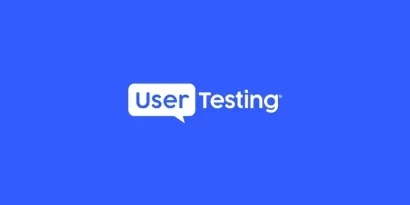
Episode 123 | June 24, 2024
Designing for everyone: accessibility insights with Karen Hawkins
UserTesting’s Nathan Isaacs talks with Karen Hawkins from Level Access to discuss the importance of accessibility in today's digital landscape.
Designing for everyone: accessibility insights with Karen Hawkins
More work needs to be done with inclusive design for digital experiences, says Karen Hawkins, Principal of Accessible Design at Level Access.
"Accessibility isn't just a box to check; it's about creating experiences that everyone can use efficiently, regardless of their abilities or characteristics," Karen said.
In this Insights Unlocked episode, UserTesting’s Nathan Isaacs talks with Karen about the world of digital accessibility. Recorded at the UXDX conference in New York City, the discussion sheds light on why digital accessibility remains a critical, yet often overlooked, aspect of design.
Quick background on the digital accessibility problem
According to the World Health Organization, more than 1.3 billion experience severe disability (or about 1 in 6 people). And 96% of website home pages have one or more accessibility failures, according to the nonprofit WebAIM in its annual review of the top 1 million website home pages.
"The sad part is, these issues are usually easy to solve,” Karen said. “For instance, contrast problems — we still see them everywhere, despite having guidelines in place for decades."
Despite existing laws, such as the Americans with Disabilities Act (ADA) and international standards like the Web Content Accessibility Guidelines (WCAG), accessibility issues persist.
“Even though we've had laws around for 20 plus years, we still see the same issues over and over and over again,” Karen said.
Hawkins emphasizes a dual approach to tackling these issues: grassroots efforts from individuals and top-down support from leadership. "We need executive leadership, funding, resources, and trained teams with the right tools and processes. It's about making accessibility an integral part of our design culture," she says.

Karen offers practical advice for organizations looking to benchmark their accessibility efforts. "There are great tools available for quick scans, but a thorough audit involving real humans is essential. Identify the issues, set realistic goals, and remember that accessibility is a continuous journey,” she said.
The conversation extends beyond digital products to encompass organizational culture and practices, such as inclusive hiring and accessible travel policies. Hawkins concludes with a call to action: "Everyone has a role in making our digital world accessible. Learn how to create accessible content, from emails to presentations, and take personal responsibility for your digital footprint."










